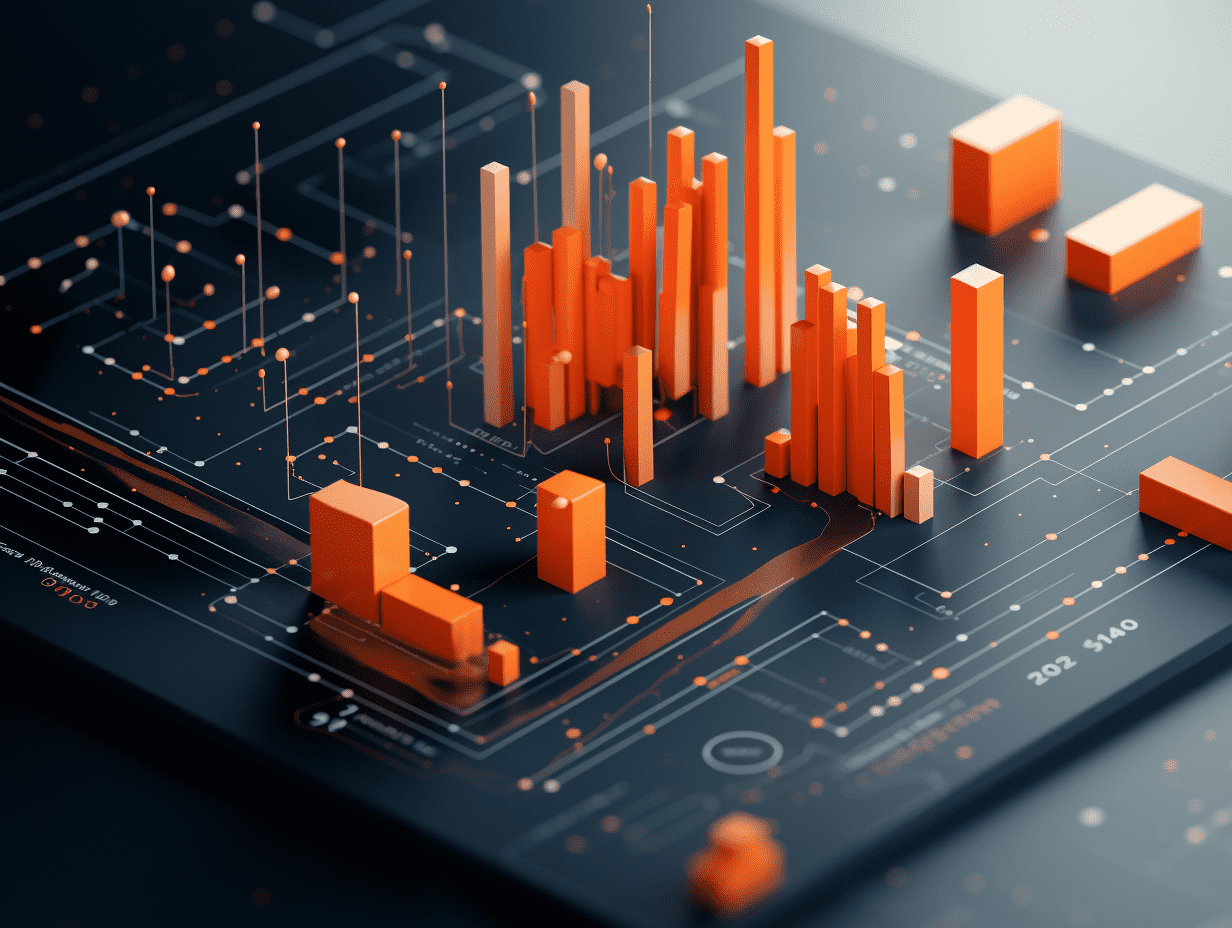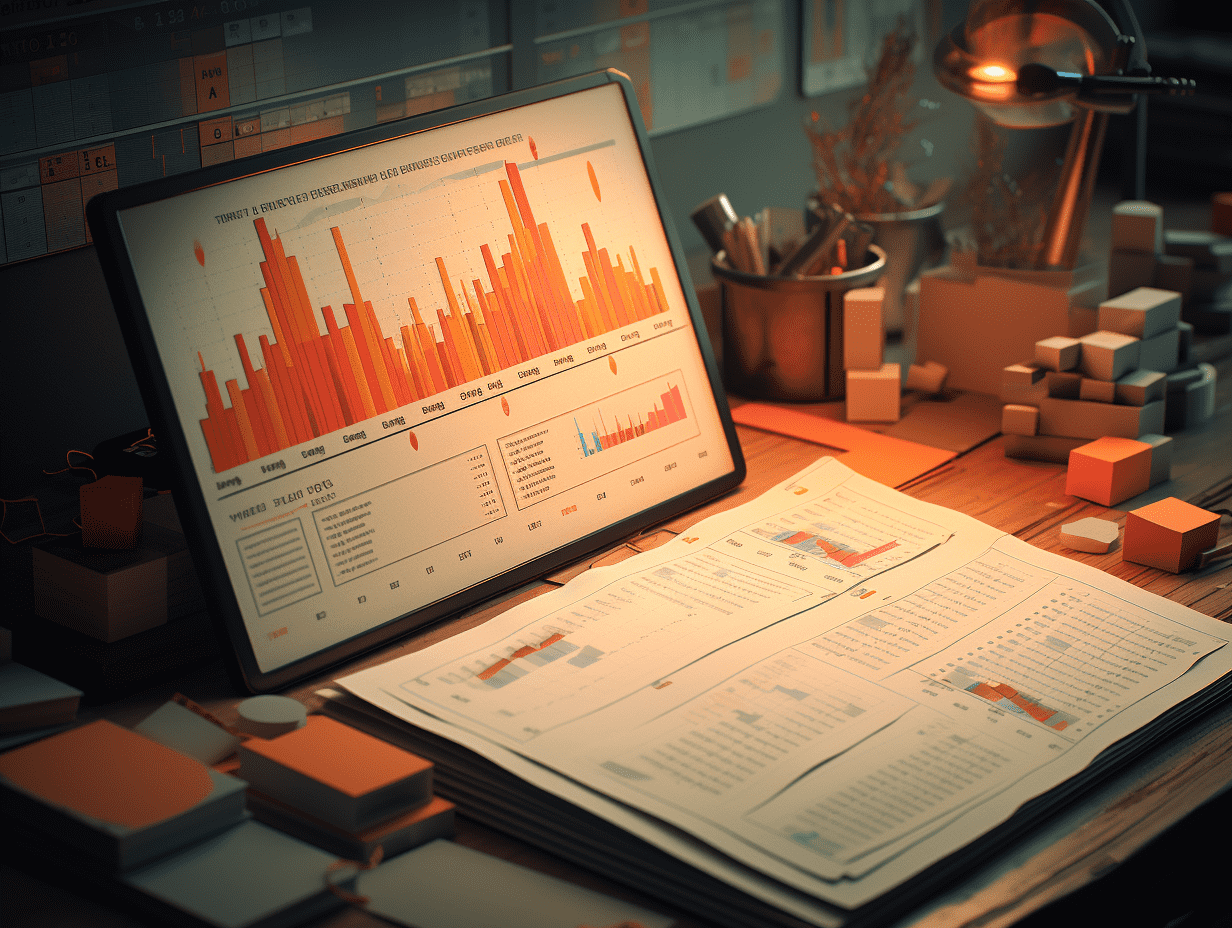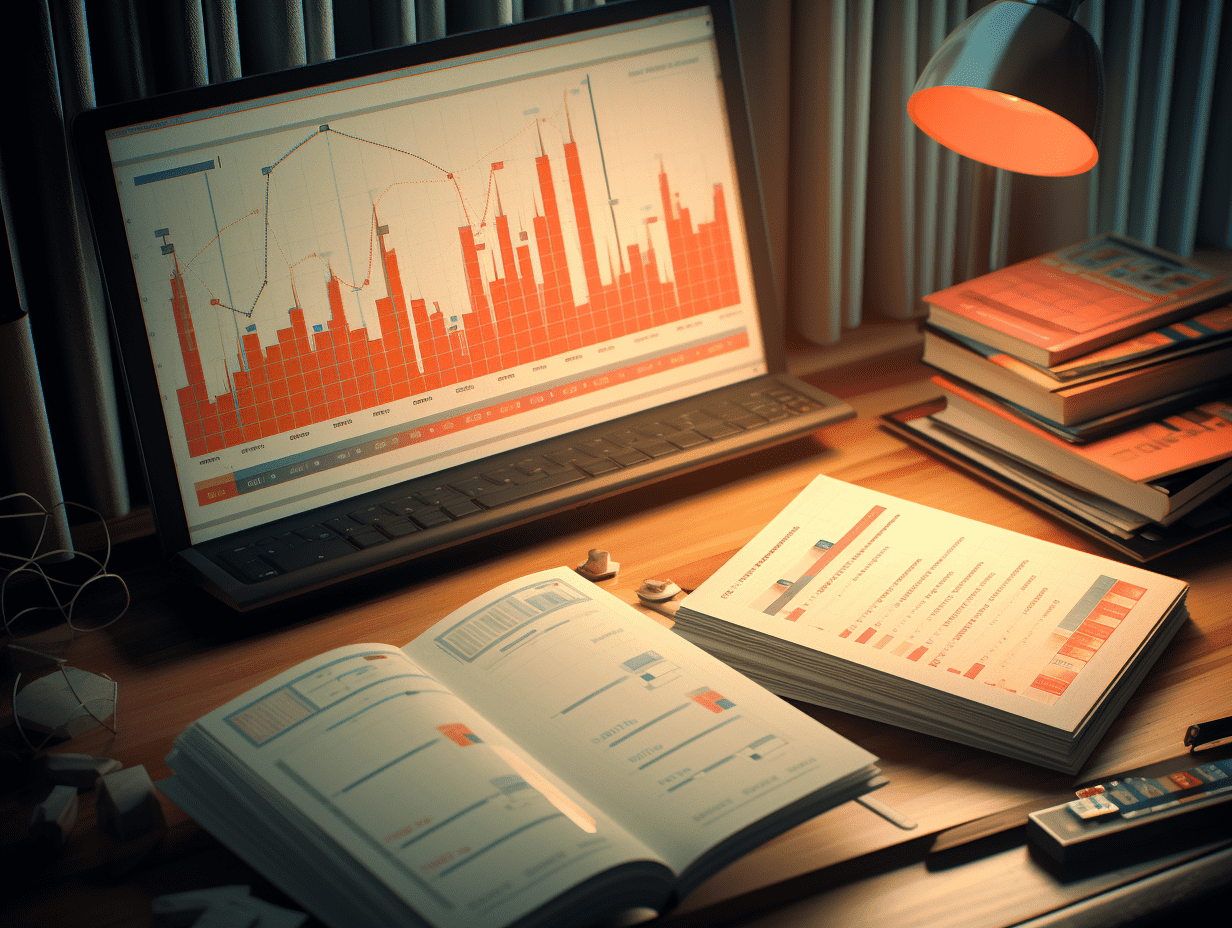Goldman Sachs: There is a possibility of nearly a 20% decline in the US stock market, recession is a huge risk, the only substantial buyers at present are retail investors.
Several economists at Goldman Sachs are cautious about the US stock market. They mentioned that Trump's comments on the UK-US trade agreement indicate that many countries will face higher tariffs before Trump's second term. The S&P 500 index may fall to 4600 points. The main beneficiaries of this sell-off and rebound are the only "buyers on dips" that Goldman Sachs truly sees - retail investors. However, Goldman Sachs believes that this is not a "structural bear market" at the moment.
Goldman Sachs' latest warning suggests that the US stock market faces a nearly 20% risk of a downturn, with an economic recession posing a significant risk to the stock market.
Since the intraday low on April 7, the S&P 500 index has risen by about 18%. If it continues to rise in the next few days, the market is expected to enter the technical bull market zone again. Behind the sharp rebound in US stocks is the belief among traders that the reaction to Trump's potential trade war damage was too severe a month ago. Trump's decision to suspend the tariff plan for 90 days has significantly eased market concerns.
However, economists at Goldman Sachs remain cautious:
Goldman Sachs' chief political economist Alec Phillips warns that Trump's comments on a US-UK trade agreement suggest that many countries may eventually face higher tariffs before Trump's second term.
In a podcast titled "On the Edge of Another Downturn?" released on Thursday, Goldman Sachs' chief economist Jan Hatzius and chief global equity strategist Peter Oppenheimer both showed signs of caution.
Goldman Sachs macro trader Bobby Molavi pointed out that the only substantive buyers at this stage of the decline are retail investors.
Why is Goldman Sachs cautious?
Hatzius reiterated that he believes there is a 45% chance of a US economic recession in the next 12 months. He emphasized, "The risk of recession is very significant."
Hatzius acknowledged that recent data has been mixed, with soft data such as sentiment surveys showing weakness, while hard data like the latest non-farm payroll numbers performing well. He explained that this discrepancy can be understood because historically, hard data usually has a lag of about 60 days. And this time, the lag may be longer because much of the trade activity has been brought forward to avoid tariffs.
Hatzius also pointed out that if the Federal Reserve passively waits while observing whether inflation is a temporary shock or a sustained pressure, and only takes action when the labor market begins to deteriorate, a recession once it occurs could force the Fed to cut rates by as much as 200 basis points from current levels.
Oppenheimer, on the other hand, stated that the recent strong rebound in the US stock market is mainly due to investors being reassured by Trump's temporary suspension of tariffs, good corporate earnings reports, and active bottom fishing by retail investors. But he cautioned that the first quarter earnings reports currently released do not yet reflect the period after the tariff turmoil:
If hard data starts to deteriorate, especially the labor market in the US, I think the market will pay more attention to the possibility of a recession, and the stock market could decline from current levels, which is our core judgment.
It is important to remember that the P/E ratio of the US stock market has risen to 20 times. This is not cheap. If earnings fall by 10% during a typical recession and valuation levels are adjusted, the S&P 500 index could drop to 4600 points.
Oppenheimer also pointed out that as the dominance of US large tech companies weakens and foreign investors reduce their exposure to US stocks, the US stock market will face even greater pressure. Currently, the US accounts for 70% of the global stock market valuation, and this proportion is expected to decrease.
Oppenheimer stressed that in the short term, the US stock market still faces "asymmetric downside risks."
Despite some pessimism about the market's future direction, Oppenheimer believes that this is not a "structural bear market", the type of long-term deep decline caused by asset bubbles and imbalances in the private sector, such as Japan in the late 1980s or the global financial crisis of 2007-2008. These bear markets usually fall by about 60% and last for longer periods.
The only substantive buyers are retail investors
Goldman Sachs macro trader Bobby Molavi said that to some extent, the world has changed. But from another perspective, we are back to square one. If January and February were periods filled with hope, anticipation, and self-confidence, then March and April were filled with despair, disappointment, and anxiety. After a series of policy reversals, news bombardments, and significant market volatility, the stock market has almost returned to its position at the beginning of the year.
The main beneficiaries of this round of selling and rebound are the only true "bottom-buyers" we have seen - retail investors. Retail and corporate repurchases average around $1 trillion, providing support for US stocks in the context of scarce new stock offerings.
Regarding fund flows, the narrative of "selling in the US" has been exaggerated. There have indeed been net sales, across stocks, bonds, and cross-asset categories. However, it is important to note that despite the tarnished reputation of the US, it remains an extremely attractive capital destination. Some investors are reallocating to Europe, India, Japan, etc., but after the surge in volume of such reset trades in April, the pace has fallen back to 2024 levels in May, with a significant decrease in daily trading volume, indicating a normalization of the market.
While the US household savings rate is declining, stock holdings are rising, cash reserves are being depleted, and some are being invested in the market. In terms of employment, Molavi said that there is anxiety and uncertainty among senior executives, which may trigger precautionary layoffs. Additionally, with the expectation of AI increasing efficiency, the demand for labor may decrease.
Molavi pointed out that if the unemployment rate rises from 4% to 7%-8%, household/retirement account stock holdings will turn into sales, and it is necessary to be alert to the factors supporting the stock market becoming headwinds.
This article is reproduced from "Wall Street See News", author: He Hao; GMTEight editor: Liu Jiayin.
Related Articles

Macao Monetary Authority: The total amount of transactions using mobile payment tools in the first quarter reached MOP 7.9 billion, an increase of 8.7% year-on-year.

What would happen to the global market if the US dollar hegemony declined?

"The New Bond King" Gundlach joins the bullish camp: The rising trend of gold is far from over, with potential to reach $4000.
Macao Monetary Authority: The total amount of transactions using mobile payment tools in the first quarter reached MOP 7.9 billion, an increase of 8.7% year-on-year.

What would happen to the global market if the US dollar hegemony declined?

"The New Bond King" Gundlach joins the bullish camp: The rising trend of gold is far from over, with potential to reach $4000.

RECOMMEND

Federal Reserve officials "collectively release information": Be cautious about the inflation risk of tariffs, not in a hurry to cut interest rates.
10/05/2025

National Bureau of Statistics: In April 2025, the year-on-year decrease in the producer prices of industrial products at the factory was 2.7%.
10/05/2025

People's Daily Bell: It is not realistic to expect to solve problems with just one or two negotiations.
10/05/2025


